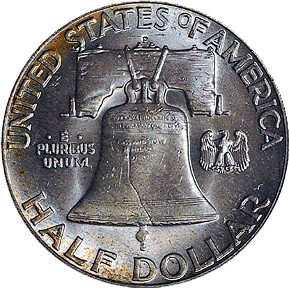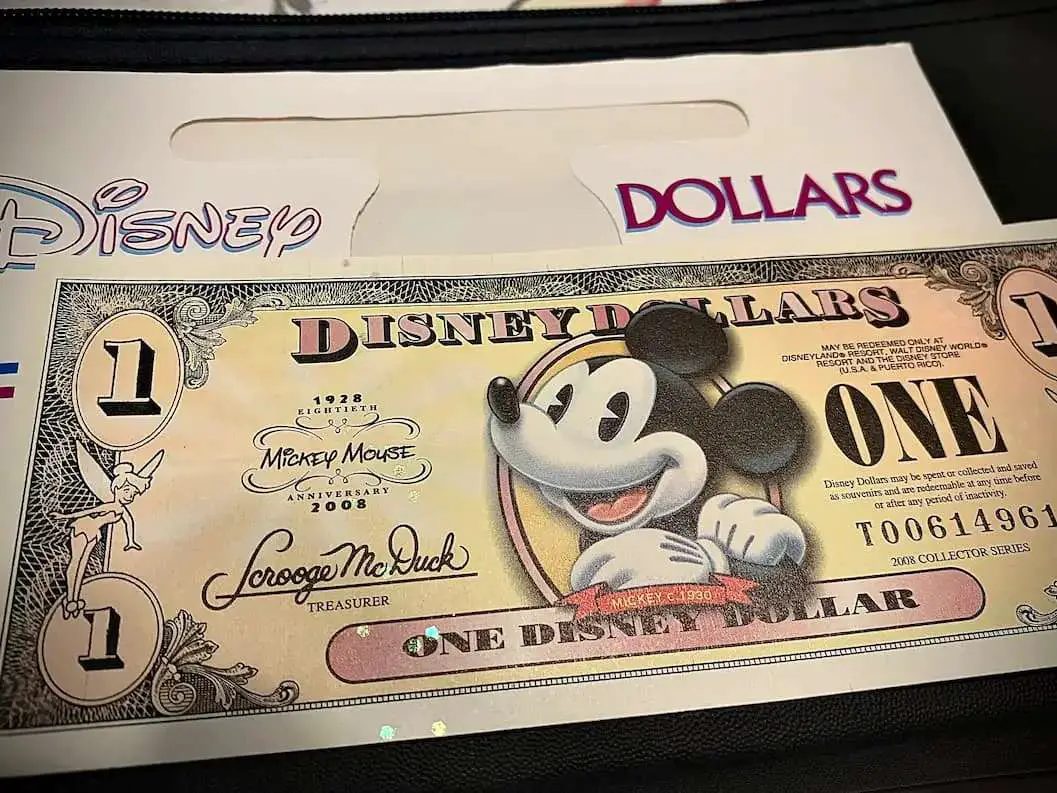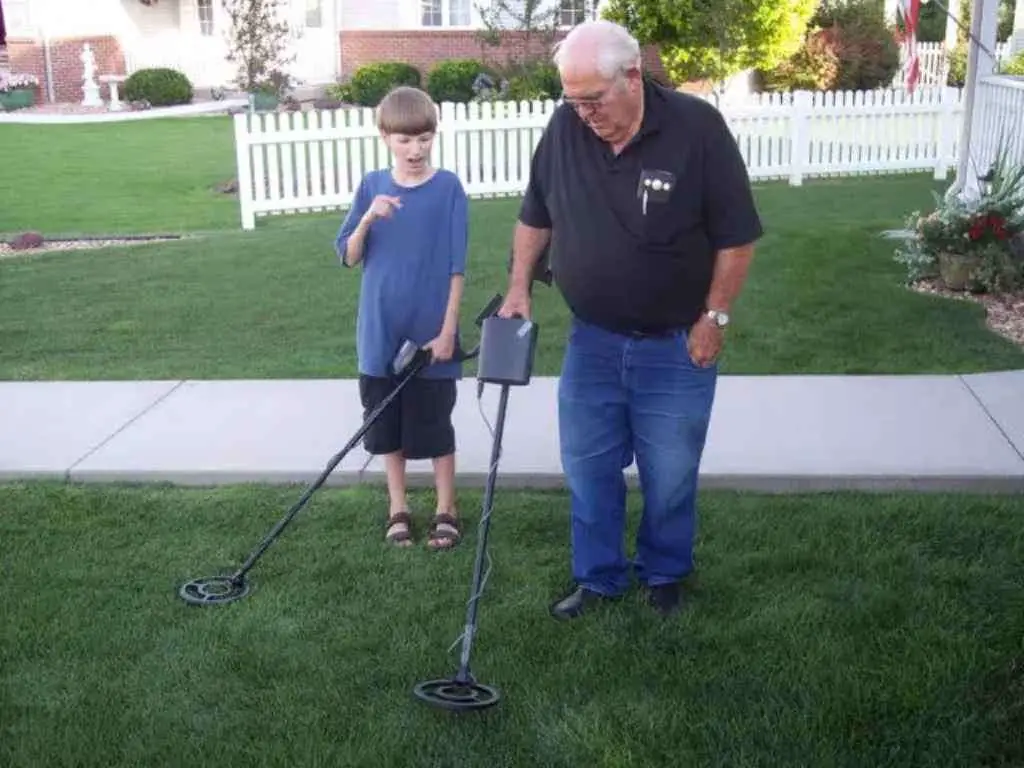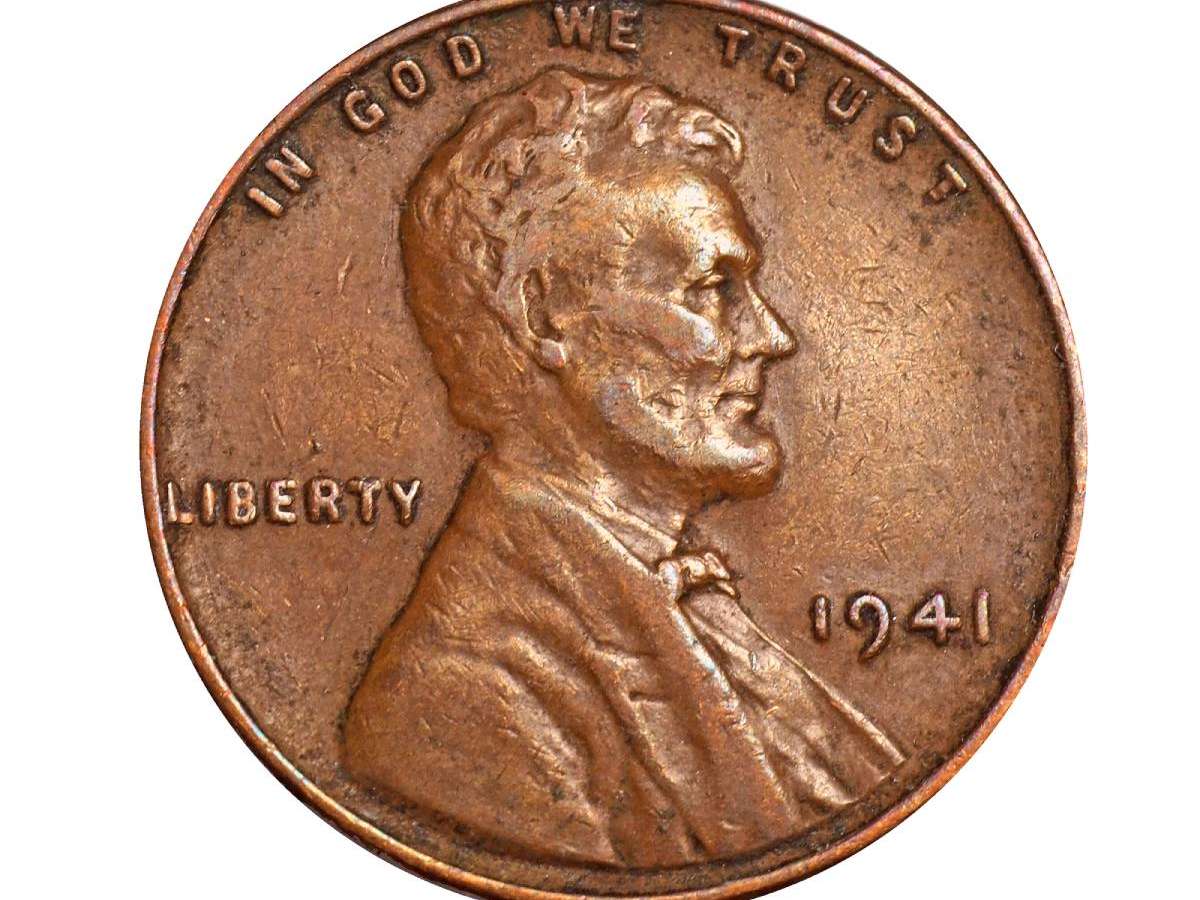 If you’ve ever collected Franklin half dollars or have picked up a thing or two about grading Franklin half dollars, then you’ve likely come across the abbreviation FBL.
If you’ve ever collected Franklin half dollars or have picked up a thing or two about grading Franklin half dollars, then you’ve likely come across the abbreviation FBL.
What does FBL mean?
FBL is a coin grading term. It refers to Full Bell Lines — or the horizontal lines seen banding the Liberty Bell on the reverse (tails side) of the Franklin half dollar coins.
The FBL grading designation refers to overall strike quality, and the presence of the lines indicates a fully struck coin.
The FBL term is generally used only in describing uncirculated business-strike Franklin half dollars. Business-strikes are intended for circulation and are not normally struck or handled as well as proofs. (Virtually all proof Franklin half dollars exhibit full bell lines.)
As a rule, FBL Franklin half dollars are significantly scarcer than their non-FBL counterparts. Many FBL Franklin halves are rare — especially in the grades of MS-66, MS-67, or MS-68.
2 Types Of Franklin Half Dollars
So, let’s break down the major grading categories. When it comes to grading uncirculated business-strike Franklin half dollars, there are 2 major grade designations:
- Full bell lines (FBL)
- Without full bell lines (non-FBL)
Where do you find the bell lines?
Pick up a Franklin half dollar and look at the Liberty Bell on the reverse – you can’t miss it! There are 2 sets of 3 horizontal lines across the lower part of the bell.
Chances are if you’re looking at a particularly well-worn piece, they may not even be evident at all. But on those Franklin half dollars with only light or no wear you may see some faint lines.
The problem is… even on most uncirculated Franklin halves, these horizontal lines are faint or incomplete. They’re supposed to be right there, clear as day. That’s the way John R. Sinnock intended his Franklin half dollar design to look on coins. But on most Franklin half dollars they didn’t strike up fully — and that’s why FBL half dollars are so scarce.
What Exactly Does FBL Mean In Coin Grading?
OK, so I’ve introduced the whole FBL Franklin half dollar thing in a bit of detail. But let’s define exactly what FBL is… and what it is not.
For starters, the very presence of lines across the Liberty Bell does not make the Franklin half dollar an FBL.
Unfortunately for hopeful collectors who want to have FBL half dollars, the lines have to be solid across the bell and in most cases pretty sharp – this is particularly true of the lower set of bell lines:
- Professional Coin Grading Service (PCGS) and Certified Acceptance Corporation (CAC) consider only the lower set of lines.
- Numismatic Guaranty Corporation (NGC) looks for the presence of completeness across both the lower and upper sets before awarding the coveted FBL designation.
Most collectors seem to prefer the standard that considers only the lower lines — which is understandable.
However, there are at least a couple different standards for determining whether or not a Franklin half dollar is an FBL or non-FBL. So, there are some squabbles in the coin industry over FBL versus non-FBL. This only helps to keep the conversation more interesting — though it can be confusing at times.
It doesn’t help that:
- Some coin graders consider nicks and scratches near or across the bell lines as an interruption and, thus, the justification for not awarding the FBL designation to a certain Franklin half dollar.
- Other coin graders consider only the strength of the strike itself and not the presence of nicks, scratches, or other surface problems getting in the way of an FBL grade.
But, when a Franklin half dollar is graded with the FBL designation, it usually only goes to those Franklins which are struck very well overall (not just the bell lines) and without many scratches, dings, or marks — especially on or near the lines on the Liberty Bell.
FBL Franklin Half Dollar Values
An uncirculated Franklin half dollar which bears full, crisp, complete horizontal lines in the Liberty Bell is worth a premium in value.
Typical uncirculated pieces, on which the lines often are not fully struck, are valued less.
So, what are FBL Franklin half dollars worth?
Again, all are scarce, and some are quite rare and worth a pretty penny. (Here’s the difference between rare and scarce in coin collecting.)
Here’s a rundown on FBL Franklin half dollar prices for examples graded MS-65 – a typical grade for nice FBL Franklin halves:
- 1948 – $150+
- 1948-D – $135+
- 1949 – $165+
- 1949-D – $275
- 1949-S – $350
- 1950 – $150
- 1950-D – $235
- 1951 – $195
- 1951-D – $195
- 1951-S – $340
- 1952 – $115
- 1952-D – $135
- 1952-S – $800
- 1953 – $540
- 1953-D – $110
- 1953-S – $17,000
- 1954 – $115
- 1954-D – $110
- 1954-S – $240
- 1955 – $110
- 1956 – $100
- 1957 – $90
- 1957-D – $90
- 1958 – $90
- 1958-D – $90
- 1959 – $90
- 1959-D – $115
- 1960 – $215
- 1960-D – $375
- 1961 – $1,050
- 1961-D – $500
- 1962 – $1,050
- 1962-D – $275
- 1963 – $1,200
- 1963-D – $125
The Bottom Line
As a collector, you’ve got to decide if you want to pursue buying FBL Franklin half dollars.
Clearly, FBL Franklins are much more desirable in the marketplace than non-FBL Franklin halves — but do you like them more… and can you afford them?
One thing’s for sure: they may cost a bit more, but they’ll always have a market if you decide to sell them later on!
I’m the Coin Editor here at TheFunTimesGuide. My love for coins began when I was 11 years old. I primarily collect and study U.S. coins produced during the 20th century.
I’m a member of the American Numismatic Association (ANA) and the Numismatic Literary Guild (NLG) and have won multiple awards from the NLG for my work as a coin journalist. I’m also the editor at the Florida United Numismatists Club (FUN Topics magazine), and author of Images of America: The United States Mint in Philadelphia (a book that explores the colorful history of the Philadelphia Mint). I’ve contributed hundreds of articles for various coin publications including COINage, The Numismatist, Numismatic News, Coin Dealer Newsletter, Coin Values, and CoinWeek.
I’ve authored nearly 1,000 articles here at The Fun Times Guide to Coins (many of them with over 50K shares), and I welcome your coin questions in the comments below!





